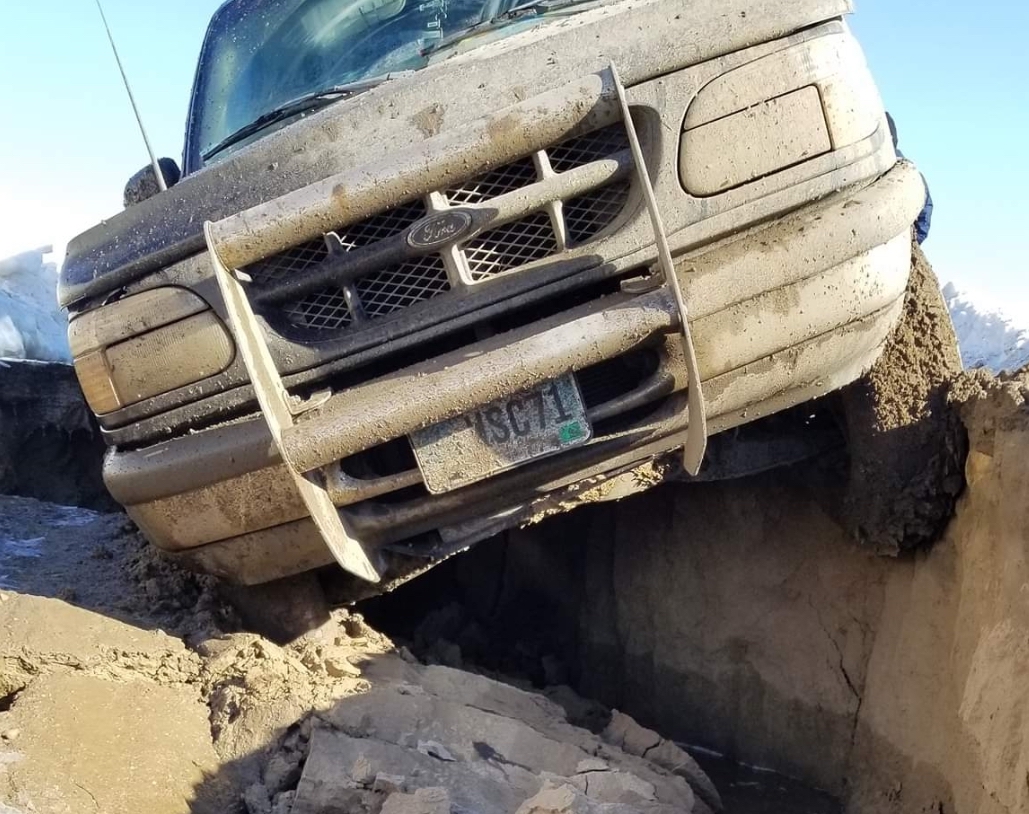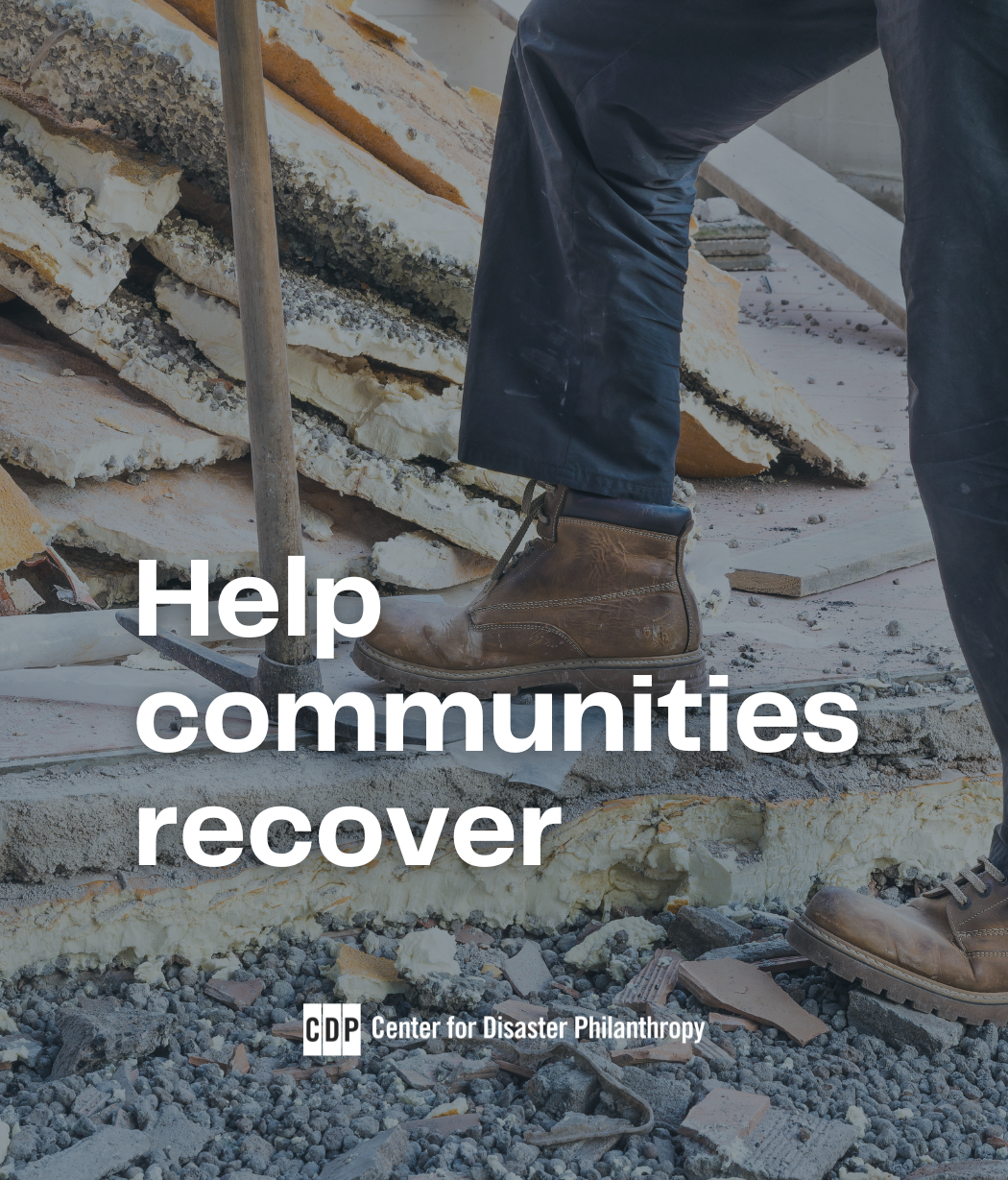Working with Indigenous Communities After a Disaster: Focus on South Dakota
2 p.m. ET/ 1 p.m. CT

In Native cultures, relationships and the interconnectedness of land and peoples are critical. This is certainly true after disasters. Yet, the complex history of colonialism and the paternalistic nature of federal policies mean that working on tribal lands or with tribal communities can be very challenging.
We hosted webinar on Thursday, Dec. 3, 2020, to discuss working with Indigenous communities after a disaster. In this webinar, three Indigenous leaders – all grantees of the Center for Disaster Philanthropy’s Midwest Early Recovery Fund Tribal Communities Disaster Recovery Program – shared their experiences in disaster recovery, explained how needs differ in their communities and shared best practices for working together respectfully in ways that honor culture and land.
Heidi Schultz, program manager of the CDP Tribal Communities Disaster Recovery Program, moderated the discussion and panelists included:
- Shelly Saunsoci, long term recovery group director, Yankton Sioux Tribe, White Swan Community, South Dakota
- Maretta Champagne, director Lakota Nation Disaster Resiliency, Oglala Lakota Sioux Tribe, Pine Ridge, South Dakota
- Annie Loyd, emergency manager and community liaison, Great Plains Tribal Leaders Health Board, Rapid City, South Dakota
This webinar was co-sponsored by Charity Navigator, Iowa Council of Foundations, Kansas Association of Community Foundations, Minnesota Council on Foundations, United Philanthropy Forum and Native Americans in Philanthropy.
Please see the slide deck and watch the webinar recording to learn more:
